You Must Not Trust Experiments That Claim The Existence Of Parallel Universes

Just because you can design an experiment to test for something doesn’t mean you should trust the results.
Is there another Universe out there? The Universe we know and inhabit, the one that began at the start of the hot Big Bang, might not be the only one out there. Perhaps one was created at the same time as ours was, but where time runs backwards instead of forwards. Perhaps there are an infinite number of parallel Universes out there, spawned by an eternally inflating Universe. Or, as has been in the media lately, perhaps there’s literally a mirror Universe out there, where the particles we know of are replaced with an exotic version of themselves: mirror matter.
Most scenarios involving parallel Universes like this are untestable, as we’re restricted to living in our own Universe, disconnected from any others. Yet if one particular idea is right, there might be an experimental signature awaiting our investigations. But even if it yields positive results, you shouldn’t trust it. Here’s why.
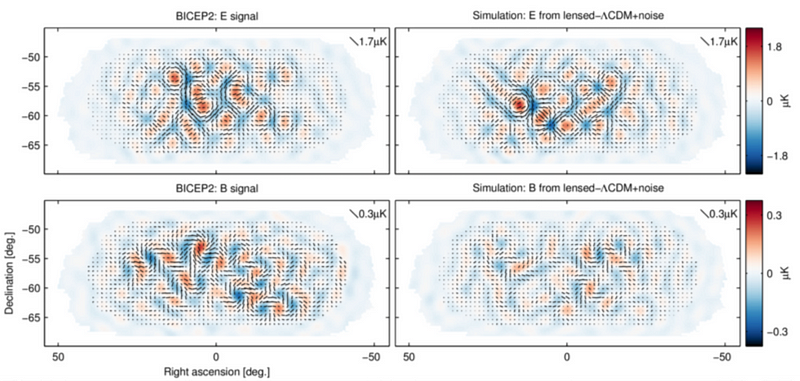
Whenever you have an experimental or observational result you cannot explain with your current theories, you have to take note of it. Robust measurements that defy the expectations of our predictions might turn out to be nothing — they might go away with more, improved data — or they might simply be errors. This has famously been the case many times, even recently, such as with
- the BICEP2 collaboration’s claimed detection of gravitational waves from inflation,
- the faster-than-light neutrinos claimed from the OPERA experiment,
- or with the diphoton “bump” claimed as evidence for a new particle a few years ago at the LHC.
In all these cases, there was either an error with the way the team did the analysis or attributed the signal’s components, an error in the experimental setup, or the observed effect was simply a random statistical fluctuation.

This happens. However, sometimes there are results that really do appear to be puzzles: the experiments shouldn’t turn out the way they did if the Universe works the way we think it does. These results often turn out to be omens that we’re about to discover new physics, but they also frequently turn out to be red herrings that lead nowhere. Even worse, they can turn out to be duds, where they only appear to be interesting because someone, somewhere, made an error.
Perhaps the muon’s anomalous magnetic moment will lead us somewhere interesting; perhaps not. Perhaps the strange neutrino results from LSND and MiniBooNe will herald the arrival of new physics; perhaps not. Perhaps the unexplained positron excess detected by the AMS experiment means we’re on the cusp of detecting dark matter; perhaps not.
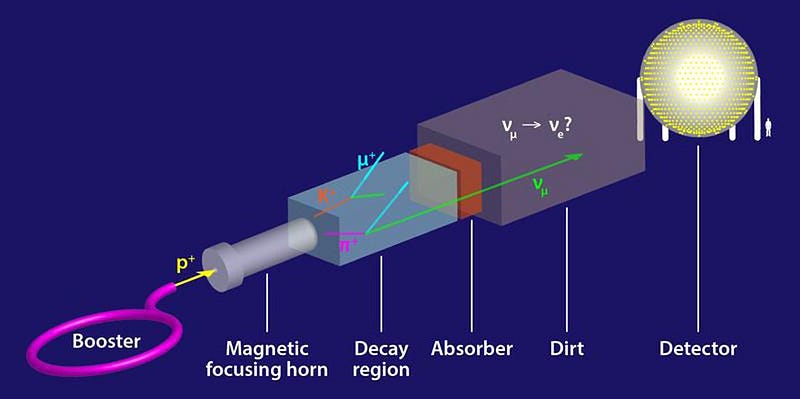
In all of these cases, as well as many others, it’s important to get both the theoretical and the experimental work right. From a theoretical point of view, that means having a strong quantitative understanding about the expected signal that your new theory predicts as compared to the background signal that the prevailing theory predicts. You must understand what signals should be generated by both your new theory and the one it’s seeking to supersede.
From an experimental point of view, this translates into understanding your backgrounds/noise, and looking for an excess signal superimposed atop that background. Only by comparing your observed signal with the anticipated background and seeing a clear excess can you ever hope to have a robust detection. It was only when the evidence for the Higgs boson passed a certain significance that we could claim a definitive detection.
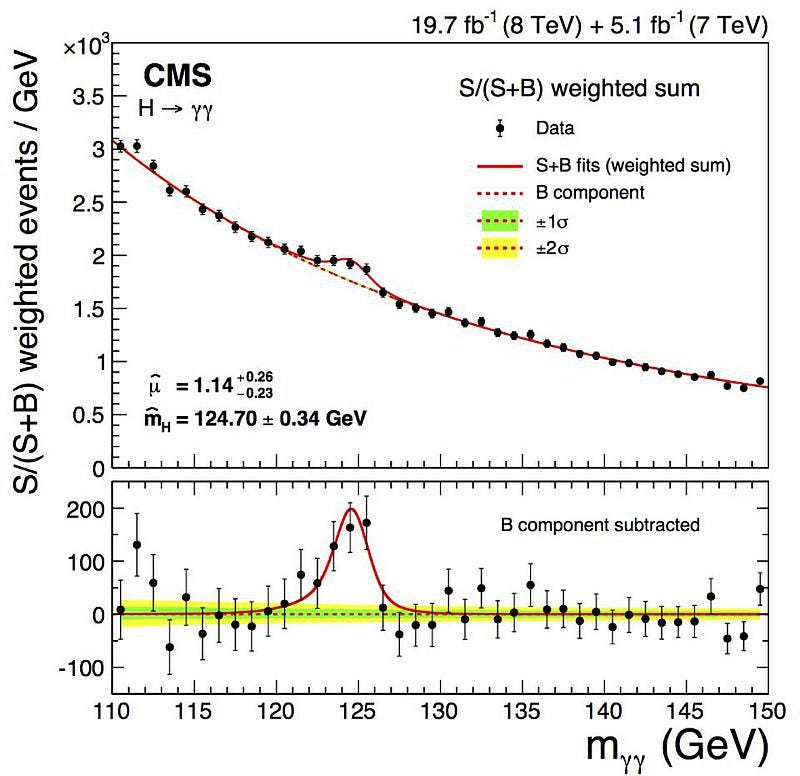
We can be extremely certain that the signal that the LHC first announced in 2012 was 100% consistent with the predictions of the Standard Model with the Higgs Boson, as subsequent measurements confirmed its expected properties to even greater precision that the initial results indicated. But there are other signals that are far more ambiguous. They may herald new physics, but they may have much simpler, more mundane explanations.
One clear example is the DAMA/LIBRA experiment, which was designed to measure collisions taking place inside an isolated detector. If dark matter flows through the galaxy, there should be a signal that gets amplified when we move against the dark matter’s motion, and lessens when we move with it. Lo and behold, when we run this experiment, we do see a signal with a consistent annual modulation.
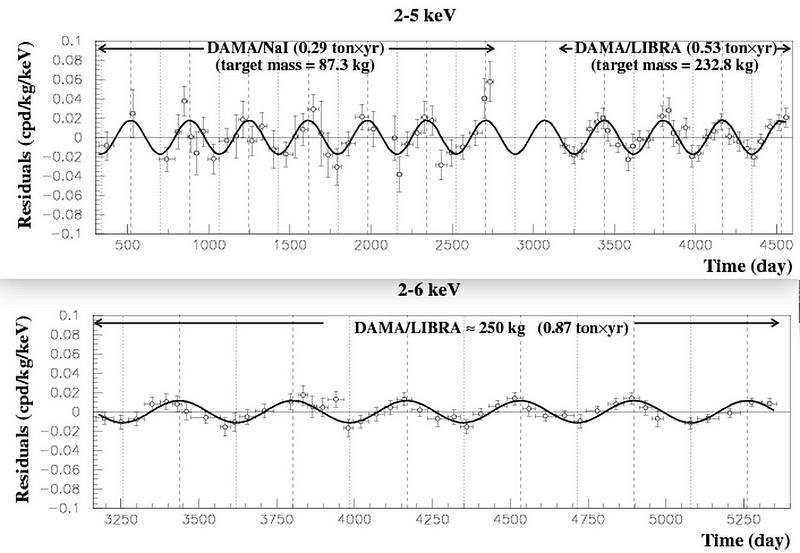
Now, here’s the real question: is this annual modulation evidence for dark matter? Despite what the experiment’s proponents claim, we cannot claim that this is so. The signal strength we see is of the wrong magnitude to equate with 100% of the signal arising from dark matter, or from dark matter plus an expected background. Other, independent experiments disfavor the dark matter interpretation of DAMA’s signal. Until we understand the origin and composition of the background — which we do not, at present — we cannot claim we understand the observed signal atop it.
It would be interesting, though, if this led to a model of dark matter that could be tested by another, independent experiment. While that hasn’t come to fruition in this instance, there is another area of investigation that might prove more fruitful: the fact that neutrons, when you measure them in two different fashions, live for different amounts of time.
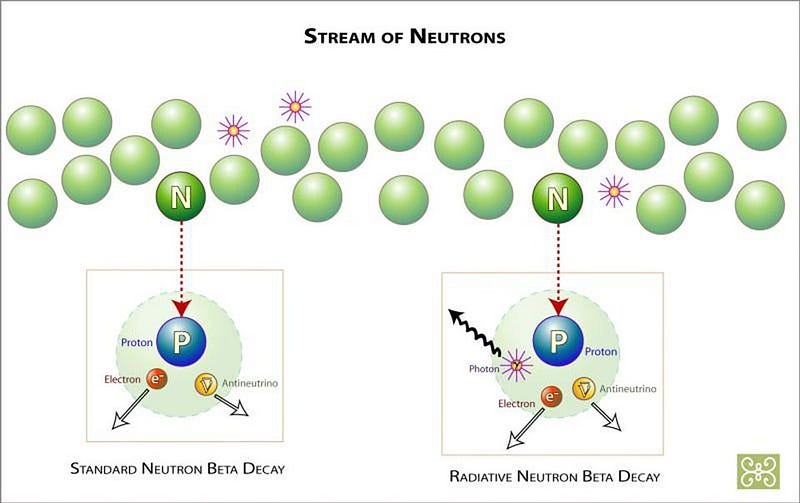
If you strip a neutron out of the atomic nucleus it originated from and let it live its life as a free particle, it will decay: with a mean lifetime of 879 seconds. But if you generate a neutron using collider physics, by generating a beam of neutrons, it will also decay: with a mean lifetime of 888 seconds. This discrepancy could still be an experimental error, a very unlikely statistical fluctuation, or a fundamental problem with the analysis or attributed components of the signal.
But we cannot assume that one of these explanations — the most conservative of explanations, mind you — must be at play. It’s eminently possible that this is a real physical effect, and that it’s a harbinger of new physics. One of the most intriguing ideas that could explain it is the idea of mirror matter: that in addition to the Standard Model of elementary particles, there are mirror particles, which build up to have mirror atoms, planets, stars, and more.
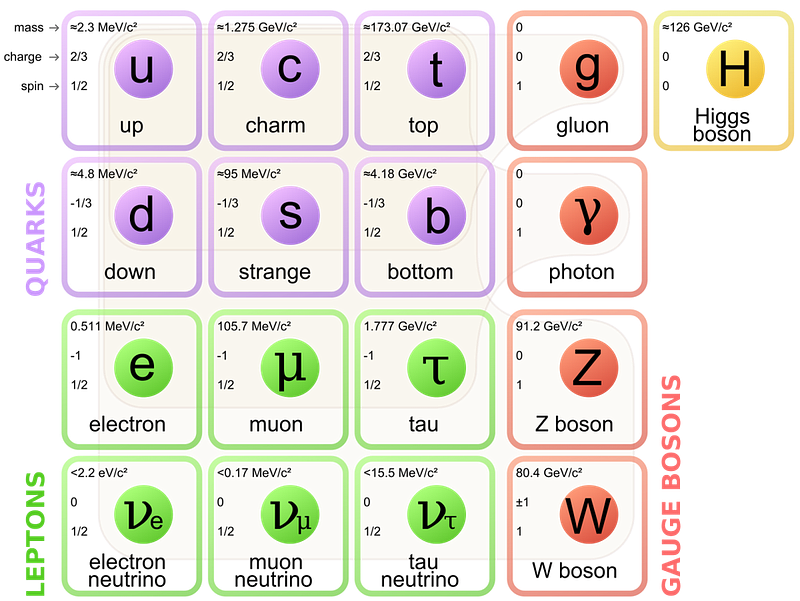
It might seem like an exotic explanation, but if it’s correct, it should lend itself to experimental signatures. One of the consequences of a Universe with mirror-matter is that some particles with the right properties — and the neutron is one of them — could oscillate into their mirror-matter equivalent. If you have neutrons appearing seemingly out of nowhere, or seemingly disappearing into nowhere, or first disappear and then reappear, that would provide experimental evidence for the idea of mirror-matter.
It’s recently hit the news, big time, that there are a few experiments going on to look for the fusion of the idea of mirror-matter with that of a parallel Universe. The most exciting is led by Leah Broussard at Oak Ridge National Laboratory, where they shoot neutrons at a barrier that should block them all, then look for neutrons on the other side.
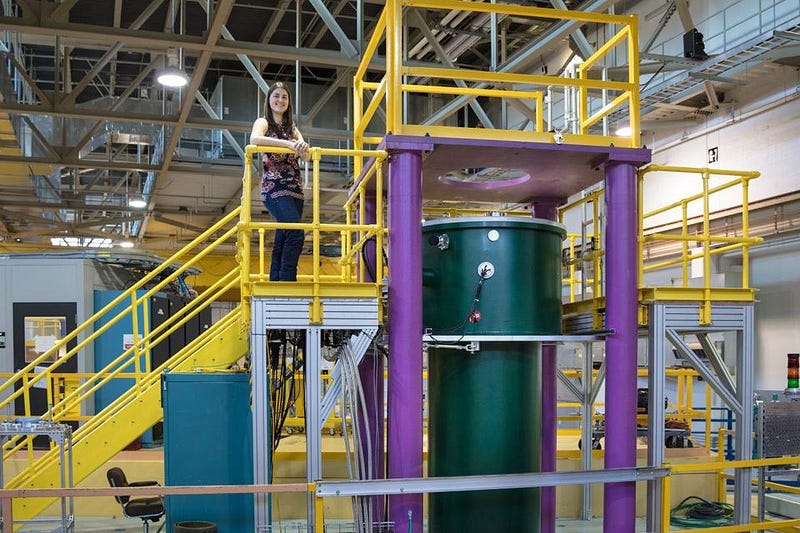
According to Broussard, you’d only find neutrons on the other side if they switched into mirror-neutrons before interacting with the barrier, and then switched back before they collided with the detector. The experiment should be simple. As Broussard herself says,
It all comes down to: Are we able to shine neutrons through a wall?
The answer, if your wall is thick enough, should be no. Find them, and you’ve discovered the existence of mirror-matter.
But this approach could easily run afoul of the experimental problems we mentioned earlier. It’s happened before with a different setup: with electrochemical cells that sought to react deuterium with palladium under the auspices of looking for cold fusion. Many free neutrons were detected, resulting in a claim that cold fusion had been observed.

Of course, cold fusion hadn’t been observed; the team had done an insufficient job of accounting for their background in a quantitative fashion. If the team at Oak Ridge makes the same mistake, it’s easy to see where this could lead.
- Run the experiment with no neutron beam turned on, which gives you your base level of background.
- Run the experiment with neutron beam on, which gives you the background you saw before plus a signal.
- Look at every data point you collect to find a statistically-significant difference between some aspect of the first experiment and the second experiment.
- Report any positive result obtained as a signal of the existence of mirror-matter.
Even though there could be many, many conceivable explanations for why your experimental results might not give identical outcomes for the data runs that have the beam off versus the beam on.
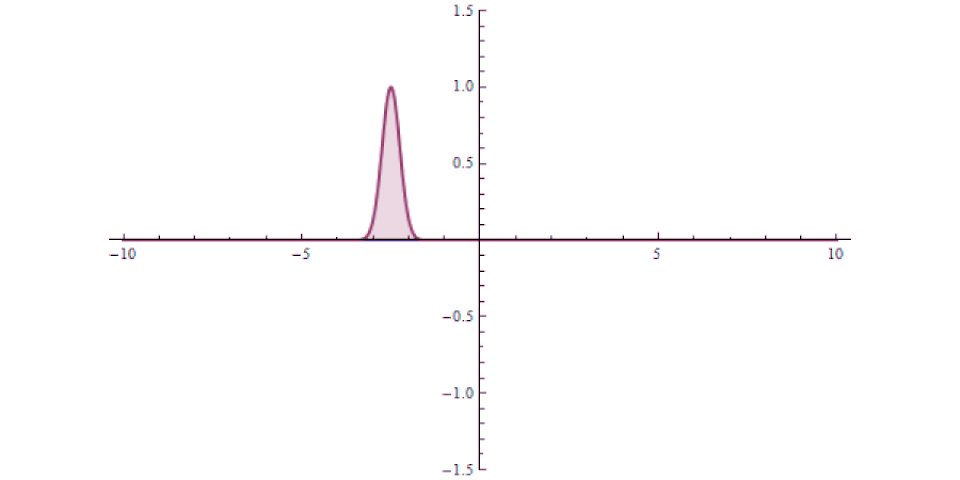
There are great dangers lying in wait here. When you are looking for a statistical outlier across a wide range of energies, you expect that 5% of your data points will point to a 2-sigma fluctuation, 0.3% will exhibit a 3-sigma fluctuation, and 0.01% will show a 4-sigma fluctuation. The more granular your search is, the more likely you are to have a fluctuation you mistake for a signal.
And that’s not even including possible sources of contamination like muons, neutrinos, or secondary particles produced from neutron collisions or neutrons from radioactive decays. After all, the searches for dark matter via direct detection have shown that all of these sources are important. The goal is not to just get a signal — certainly not a signal of just one neutron — but to get a signal that can be understood over the background of your noise.
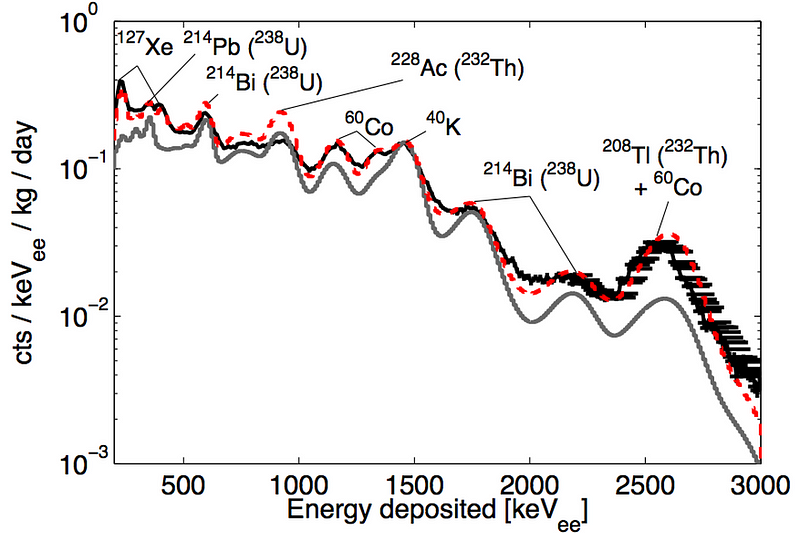
Any time you get a positive signal from an experiment, you cannot simply take that signal at face value. Signals can only be understood in relation to the noise background of the experiment, which is a combination of every other physical process that contributes to the result. Unless you quantify that background and understand the source of everything that your final signal is composed of, you cannot hope to conclude you’ve discovered a new phenomenon in nature.
Science progresses one experiment at a time, and it’s always the full suite of evidence that must be considered in evaluating our theories at any given time. But there is no greater false flag than an experiment pointing to a new signal extracted against a poorly understood background. In the endeavor of pushing our scientific frontiers, this is the one area that demands the highest level of skeptical scrutiny. Mirror matter and even a mirror Universe might be real, but if you want to make that extraordinary claim, you’d better make sure your evidence is equally extraordinary.
Ethan Siegel is the author of Beyond the Galaxy and Treknology. You can pre-order his third book, currently in development: the Encyclopaedia Cosmologica.





